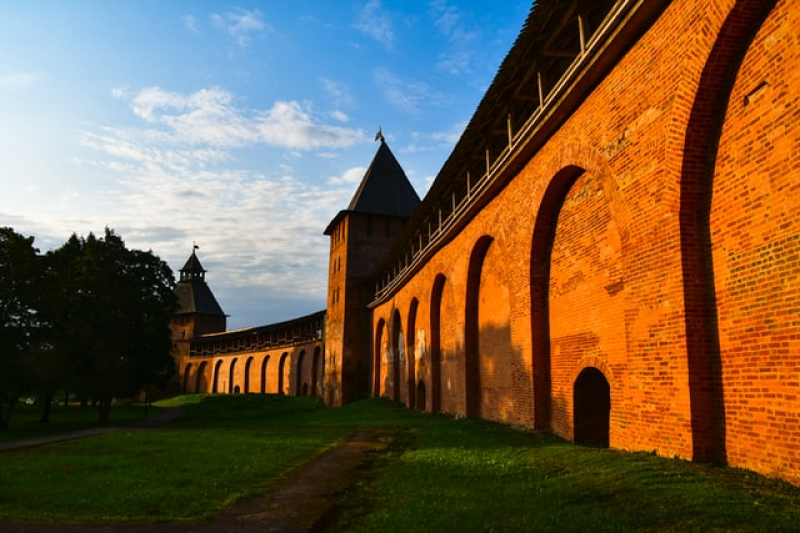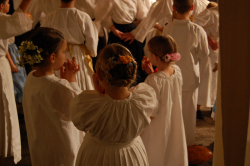Veliky Novgorod
First mentioned in 859
Two brothers – Slovene and Ruse – went to look for a “new fatherland” together with their entourage. Moving north, they reached a lake called Moysko, from which the river Mutnaya flowed. Divination helped them decide to stay there and they founded a city at the source of the river – Slovensk. They renamed lake Moysko after Sloven's daughter Ilmer and the river – after Sloven’s son Volkhov. They lived there for a long time and prospered until a plague came and all the inhabitants fled. Years later, Slavs discovered this decayed region and decided to found a new city – Novgorod (“new town”).
Staraya Ladoga
First mentioned in 862
Not really a city nowadays, but we couldn’t exclude it from the list, as there’s a theory that this was where Ryurik came to rule Rus’, which would make Staraya Ladoga – now just a village – the first Russian capital. This theory is supported by several lists from the Primary Chronicle, as well as partially by archeological research, which proves that in this region, Ilmenian Slovenes, Finno-Ugric tribes, and Normans were in close contact as early as the 9th century.
Pskov
First mentioned in 903
One of Pskov’s most famous legends is related to Olga of Kyiv. According to it, the Trinity Сathedral – the heart of Pskov – was built after she witnessed a sign from God: three bright rays emanated from the sky and joined on a rocky promontory by the river. Olga made the order to build a temple there and predicted that the city around it shall be great. In the 19th century, the St. Olga Chapel was erected on the riverbank where the miraculous sign was shown to the princess.
Priozersk
First mentioned in 1295
There’s a legend regarding Priozersk’s most famous tourist attraction – Korela Fortress. According to it, Karelians wanted to find a new place for them to settle in independently from other Finno-Ugric peoples and Slavs. First, they started to build a fortress on Tiuri Island, but the construction process wasn’t going well. Then, they heard a voice from heaven stating that this location wasn’t good for them and they would need to travel further via the river Vuoksa until they heard a cuckoo. They followed the gods’ advice and settled where Priozersk is located today. Although probably just a legend, it’s a beautiful explanation for the Swedish (Kexholm – “cuckoo’s hill”) and Finnish (Käkisalmi – “cuckoo’s strait”) names for Korela Fortress.
Velikiye Luki
First mentioned in 1166
Unfortunately, this city was turned to ruins during World War II and nowadays almost nothing reminds us of its many centuries of rich history. Velikiye Luki started with a settlement on the river Lovat near its current location. In 1166, this place was first mentioned under the name Luki as the place where Rostislav I of Kiev came for a meeting with Novgorod boyars.
There’s a legend regarding Ryurik’s bodyguards – Askold and Dir – who accompanied him to Luki, where they’d heard about Mal, a famous sorcerer who could predict the future. He had two beautiful granddaughters whom Askold and Dir kidnapped and ran away with to find new free land for them to rule over. Mal knew the region’s secret paths and managed to find Askold and Dir. They asked him why his magic and skills hadn’t helped him save his granddaughters, to which he replied with a prediction that the granddaughters wouldn’t be returned to him and the outlaws would become rulers but eventually, they would be deceived and stripped of everything. For these words, Mal was killed, but the prediction came true – later on, Ryurik’s heir Oleg tricked Askold and Dir out of the city, killed them, and sat on the Kievan throne. The fate of Mal’s granddaughters is unknown.




